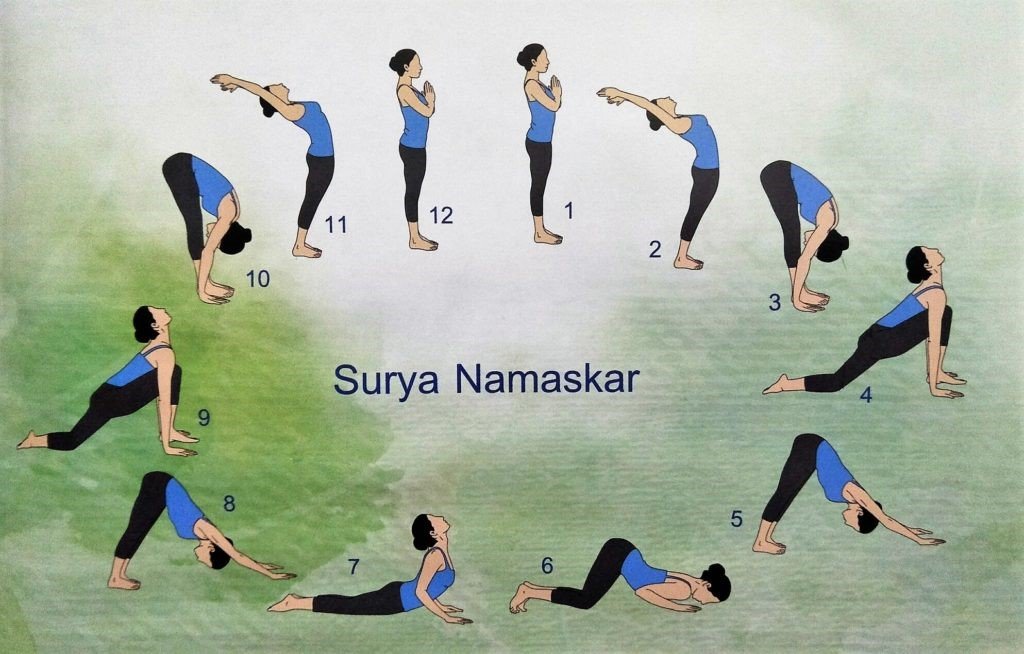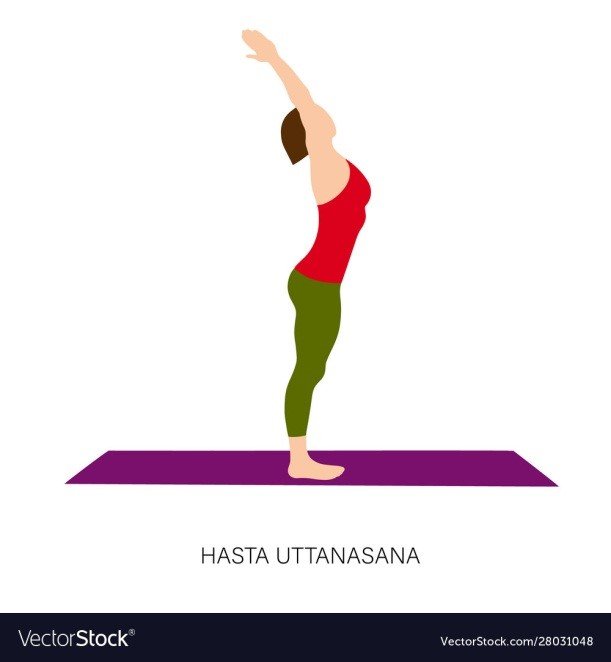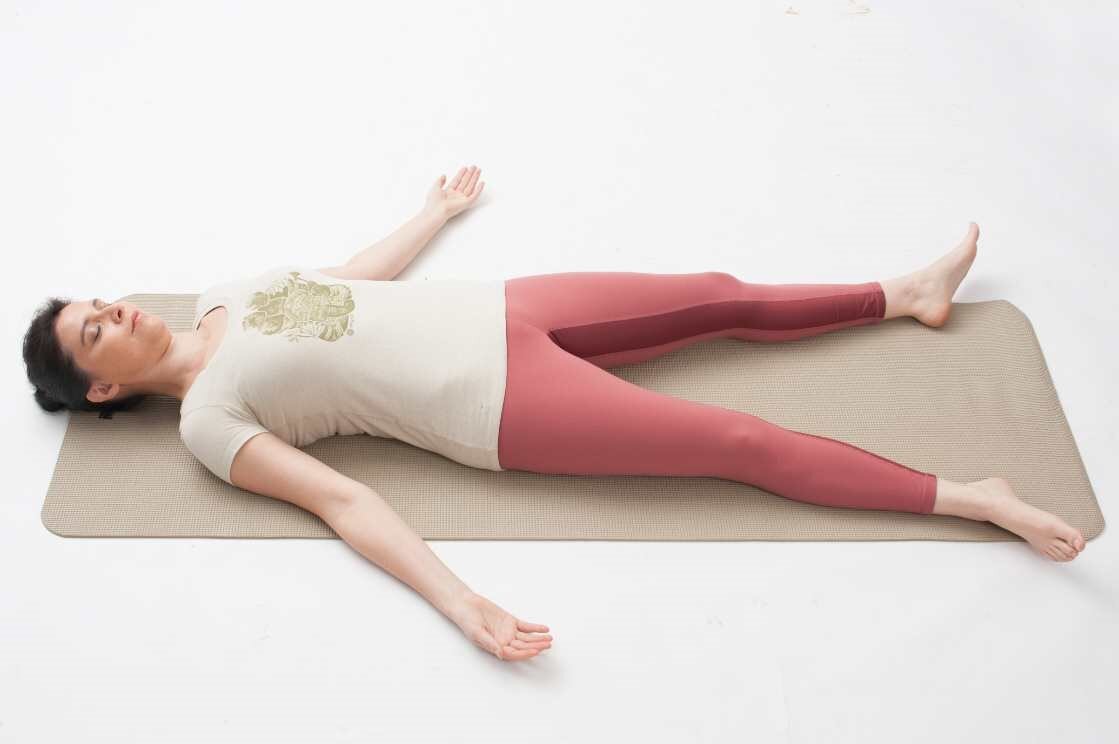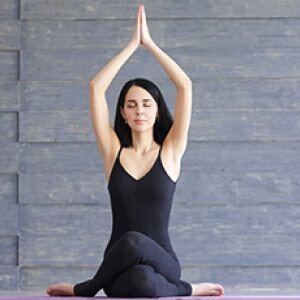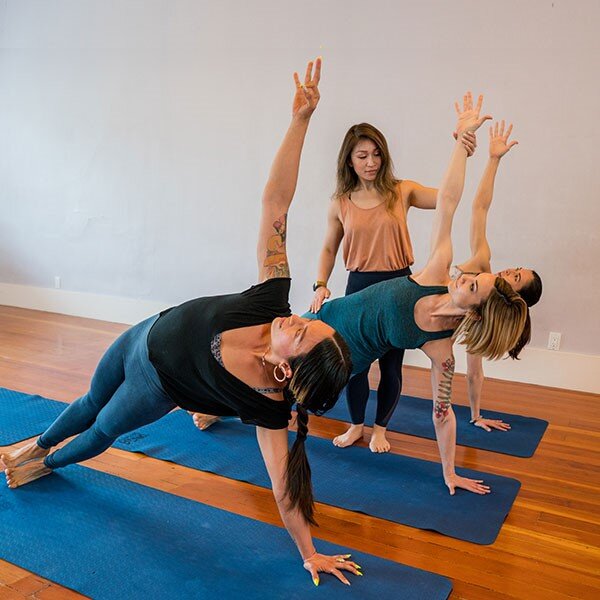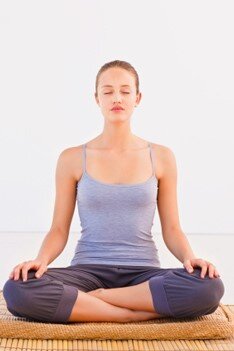PCOS (Polycystic Ovarian Syndrome) is a prevalent health disease that some women
experience during their reproductive years. It might be caused by an unhealthy lifestyle,
hormonal imbalance, or hereditary factors, and if not treated properly, it can lead to
problems such as irregular menstruation patterns, infertility, stress, and pregnancy-related concerns.
Yoga for PCOS has been shown to help open up the pelvic area, relieve deeply held stress, and improve mental
and physical calm. Women can de-stress and aid detoxification by practising these asanas on a daily basis.
Yoga is a completely natural treatment for the symptoms of PCOS, which include obesity, stress, and hormone imbalance. By losing weight and addressing hormone imbalances in the most natural and restorative manner, yoga for PCOS can improve your health and reduce your stress levels.
Studies have shown that practising yoga for one hour every day for 12 weeks is more effective than traditional physical activity in improving glucose, lipid, and insulin sensitivity. As a result, yoga is the finest PCOS workout available!
POSES TO PRACTISE FOR PCOS
Sun Salutation (Surya Namaskar) :
Surya Namaskar is one of the most effective PCOS exercises you can do at home. Weight loss, improved lipid profile, a reduced waist-to-hip ratio, and menstrual cycle regulation can all be aided by doing the Sun Salutation stance at least five times per day. For irregular periods, PCOS, and PCOD, Surya Namaskar should be a part of your daily yoga routine.
Step1 : Standing in a prayer position, face the early sun.
Step 2: Inhale slowly as you stretch your folded hands backwards in a reclining position.
Step 3: Exhale and reach forward with your hands, bending your knees and placing your hands on your feet.
Step 4: Bend your right knee and stretch your right leg behind you while bringing your left leg forward in the athletic stance. Take a look up.
Step 5: Exhale and make an inverted V with your body by raising your hip and tailbone into the air.
Step 6: Inhale deeply and prepare to enter cobra pose by placing your hands near your shoulders and lifting your buttocks.
Step 7: By elevating your chest and bending backwards, you can begin the cobra stance.
Step 8: Slowly retrace your steps and return to your starting position.
Step 9: Rep 5 times more.
Side Tip: Don't rush it; you don't need to be fast at this. It's a good idea to take a two-second break between each stance.
2 Bridge Pose :
Bridge Pose can help to relax the mind and relieve stress and anxiety while also relaxing the back muscles. Begin by lying on your back on the floor with your knees folded and your feet hip-distance apart.
Step 1 : Place your hands beside your body, palms down.
Step 2: Slowly elevate your lower back, mid-back, and upper back off the floor while inhaling (while the pelvis lifts up, lengthen from pelvis to sternum).
Step 3: Roll the shoulders back and bring the chest closer to the chin.
Step 4: Maintain a straight line between your thighs and the floor, with all four corners of your feet firmly planted on the ground.
Step 5: Stay in this stance for 1–2 minutes, breathing easily.
Step 6: Rep up to 5 times more.
3 Garland Pose:
Malasana opens the hips while strengthening the pelvic floor and abdominal core. This can help people with PCOS by enhancing circulation and blood flow in the pelvic region, as well as improving metabolism and digestion.You can support yourself with a block or two until your body gets used to this position.
Step 1: Begin with your feet spaced about a mat's width apart.
Step 2: To get into a squat position, bend your knees and lower your buttocks toward the floor.
Step3: Make a praying position with your hands (anjali mudra). Allow your thumbs to rest on your sternum to keep your chest elevated.
Step 4: Stay engaged with your spine straight by pressing your upper arms/triceps inside your knees (elbows press into knees to open the hips).
Step 5: Draw the shoulder blades together and extend the low back.
Step 6: Hold this position for at least 5 breaths.
Step 7: Repeat for three times.
4 Butterfly Pose
This is a great restorative position, since it completely supports the spine and back body while gently releasing tension in the shoulders and chest and expanding the heart and hips. This pose is suitable for all levels. Use blankets or cushions under the shoulders, under the head at an inclination, and under the thighs to make the position more comfortable.
Step 1: Begin by sitting on the mat with your legs stretched out in front of you.
Step 2: To press the soles together, bend your knees and bring your heels toward you. The sides of your knees will drop.
Step 3: Lean back until your back is flat on the ground. Arms will be open and supported, palms up.
Step 4: Close your eyes and take a few deep breaths for 3–5 minutes, or as long as you feel comfortable.
Step 5: Make sure to exit the pose consciously, either by rolling to your right side and pausing there for several breaths before rising to seated, or in any other method that seems appropriate to you.
5. Anulom Vilom Breathing Practise
It is a controlled breathing practise that can assist in deep relaxation as well as the removal of some toxic poisons from the body. It helps to clear your thoughts, relax your body, and boost the health of your heart.
Step 1 : Close your eyes and sit in padmasana, with your hands resting on your knees.
Step 2: Slowly inhale through the left nostril after blocking your right nostril with your right thumb.
Step 3: Exhale after gradually removing your thumb from your right nostril. Block your left nostril with your middle finger while exhaling, then inhale through your right nose.
Step 4: For optimal results, repeat this practise for 15 minutes. Maintain your attention on your breathing.
Bottom-line
Yoga isn't the only type of exercise that can help those with PCOS. Moderate exercise in other forms can also help you control PCOS symptoms. Physical activities such as walking, jogging, cycling, and swimming, can help balance hormones, improve mood, lose weight, and manage blood sugar and insulin levels.Moderate exercise can also improve your body's insulin sensitivity, lowering your risk of cardiovascular disease, type 2 diabetes, and other diseases.







